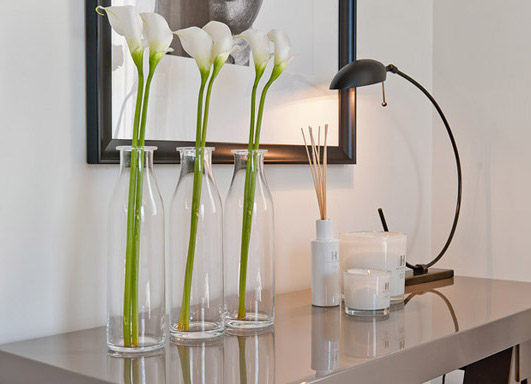I was contacted recently by Redfin (redfin.com/redfin.ca) to provide input on an article they were writing entitled ‘Staging Mistakes to Avoid When Selling Your Home’. It was hard for me to narrow it down. I finally settled on one that they included in their blog article. Below is a snippet from the post with a link for you to the full article - enjoy!
“With such a competitive housing market, staging is a critical step in the home selling process. Not only does it make your home stand out in listing photos, but it also helps it appeal to a wide range of potential buyers. A well-staged home will mask years of wear and tear, and can help it sell faster and for more money.
However, the simplest mistakes can be deal-breaking. Which is why we asked home staging and design experts to share some of the biggest staging mistakes they’ve encountered that can turn potential buyers off.”
(note, images below are from the article) -






















